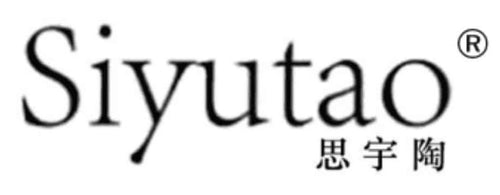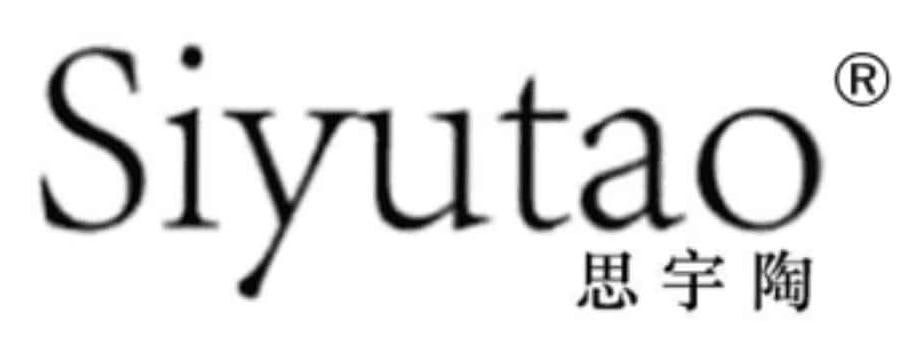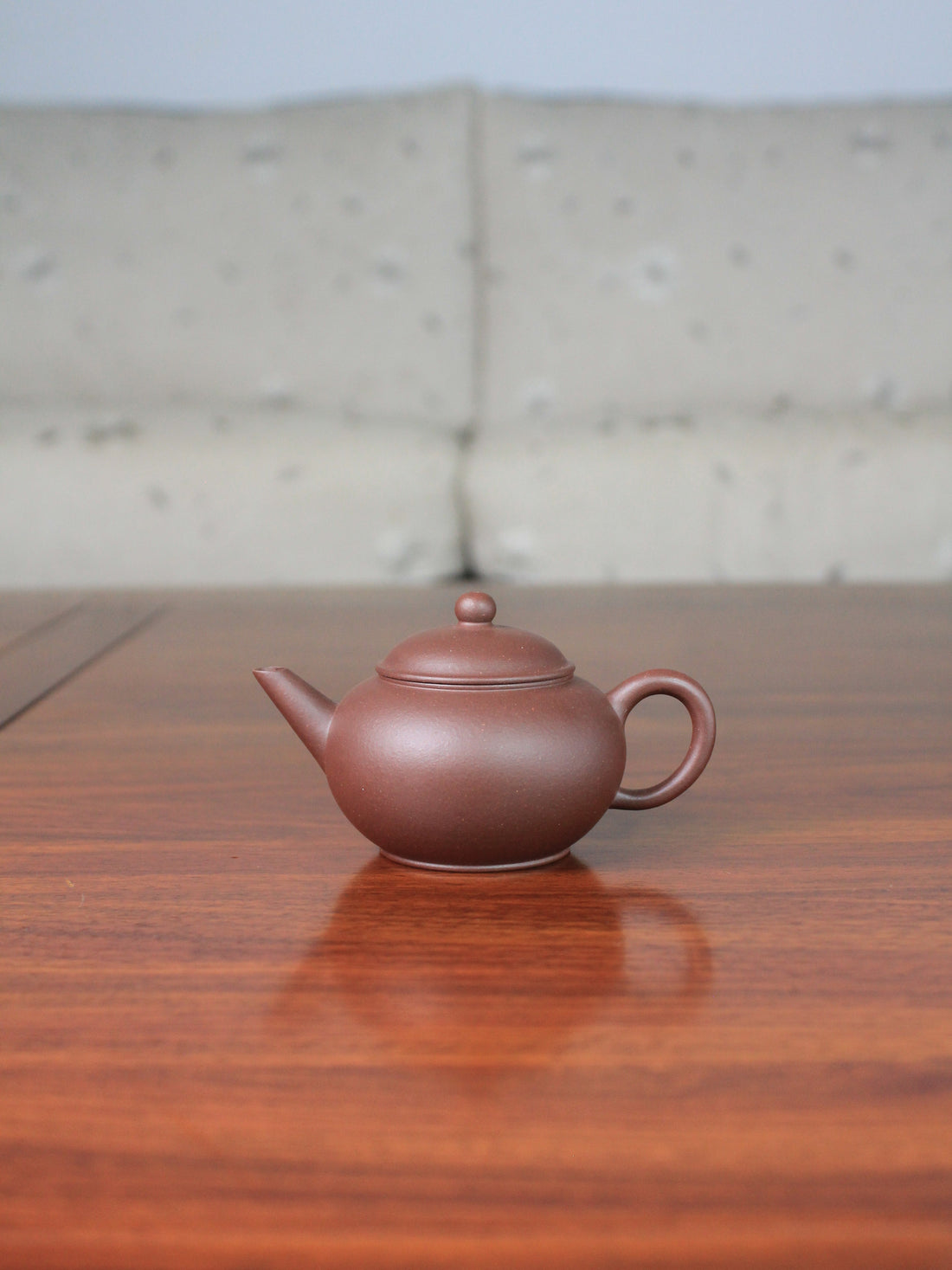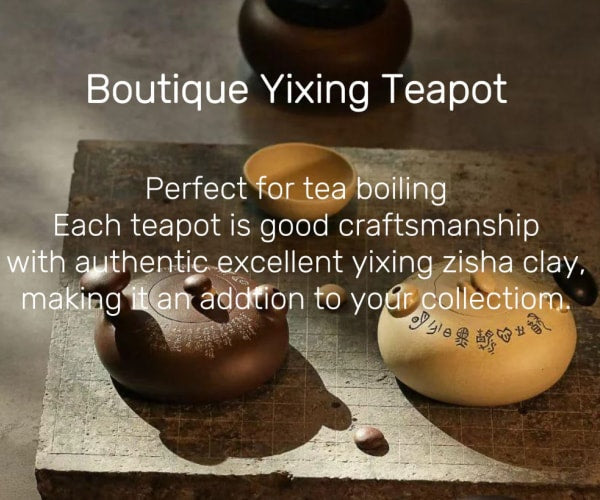A popular folk tale traces the origins of the Shuiping teapot (水平壶, "Level Teapot") to the tea drinkers of Chaozhou, Guangdong, during the Ming and Qing dynasties. At the time, tea enthusiasts favored small, compact teapots for brewing tea. However, these miniature teapots had inherent flaws—the tea cooled too quickly, and the leaves struggled to unfurl properly in such a confined space.

To solve these issues, southern tea masters devised an innovative brewing method: they placed the small teapot inside a porcelain bowl and poured boiling water into the bowl. This technique served a dual purpose—keeping the tea warm while allowing the leaves to expand fully, optimizing flavor extraction.
Yet, this method introduced new challenges. Traditional Yixing teapots had low spouts, so when hot water was poured into the bowl, it often flowed back into the teapot, ruining the tea’s taste and disrupting the drinker’s experience. Additionally, the irregular shapes of many teapots made them unstable in water, causing them to tip over easily.
Determined to perfect their craft, these devoted tea masters began experimenting with new designs. Thus, the true Shuiping teapot was born. Among Yixing teapots, the Shuiping stands out—classified as a round, unadorned ("guanghuo") shape, featuring a rounded belly, loop handle, straight spout, and spherical knob. It is also notably small in size, making it a miniature teapot.
Historical Development & Master Hu Mengchen (惠孟臣)
Shuiping teapots existed as early as the Ming and Qing dynasties, but they were initially rare, with limited variations. The most representative works from this period were the "Vermilion Clay Miniatures" (朱泥小品) by Hu Mengchen, a master potter active between the late Ming and early Qing eras. His teapots were simple yet refined, crafted with meticulous attention to detail and high-quality clay, though their shapes remained relatively unchanged.
In terms of functionality and craftsmanship, the Shuiping teapot typically has a straight spout with a wide base, ensuring a smooth, quick pour. Traditional styles include:
-
Standard Shuiping (标准水平)
-
Xianyuan Shuiping (线圆水平)
-
Tangpo Shuiping (汤婆水平)
-
Xianpiao Shuiping (线瓢水平)
Hu Mengchen remains the most famous artisan associated with Shuiping teapots. A native of Yixing, he worked from the Tianqi era (Ming) to the Kangxi era (Qing). His larger teapots were rustic and bold, while his smaller ones were exquisitely delicate. In Southern Fujian, where Gongfu tea culture flourished, the saying went:
"For teapots, one must choose Mengchen; for cups, one must choose Ruoshen."
Because of this, the Shuiping teapot is also known as the "Mengchen Teapot" (孟臣壶). Today, Hu Mengchen’s designs have become the industry standard, continuously inspiring innovation among Yixing artisans. Over the centuries, masterpieces have emerged, each building upon his legacy while pushing the boundaries of form and function.
Key Terms:
-
Shuiping Teapot (水平壶) – "Level Teapot"
-
Hu Mengchen (惠孟臣) – Legendary Ming-Qing teapot master
-
Vermilion Clay (朱泥) – A prized type of Yixing clay
-
Gongfu Tea (功夫茶) – Traditional Chinese tea ceremony



